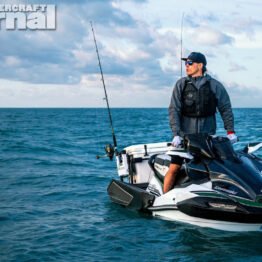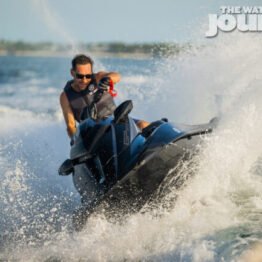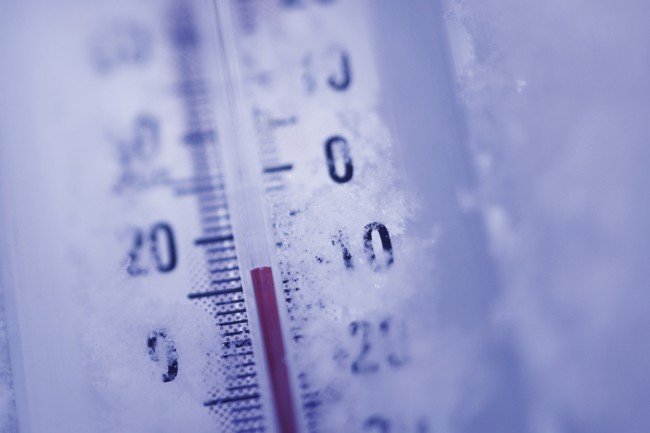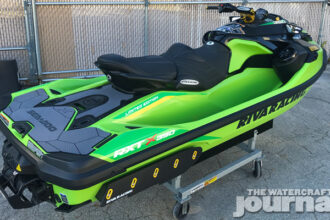Well, whether we like it or not, that dreaded time of the year is certainly approaching. Temperatures are dropping, days are getting shorter, and you’re probably thinking about winterization plans already. If you’re anything like us at The Watercraft Journal, you’d do nearly anything to get just one extra ride in before you put the ski(s) up for the season. In a great article by Jeff Hemmel, he outlined several tips that will inform you on all you need to know to safely extend your riding season well into the winter months.
Be Seen
The days are getting shorter, so you will either need to shorten your riding day or stat riding earlier. It would be a good idea to get back in before the sun begins to set. Could you imagine being stuck out at night in below freezing temps and you can’t see how to get back? Also, If you are between another boater and the sun, you will appear as a black silhouette and may be difficult to see. Wearing bright colored clothing would help with this, as well as make you visible to any help, should you need any.
Stay In Touch
Riding in colder temperatures requires being prepared for the worst. Make sure you will be able to get help. Riding with a partner or in a group is a great idea, but that’s not enough. If you run into each other and both get injured, you need to be able to call for help. Always let someone(preferably close to your riding location) know where you plan to go. Go over your planned route with that person before heading out for the day. There aren’t many boaters out on the water during the winter, so make sure you have everything you need to get in touch with help if you get into a bad situation. You should take a flare gun also. You may be hard to find out on the water, especially in the ocean. There are no mile markers or many descriptive landmarks to go by, so a flare gun could literally be a life saver.
Suit Up
The most important by far is to stay warm. The colder water will change body temperature much quicker than cold air will. Wear a neoprene wet suit, gloves, boots, and possibly even a jacket when going out in cold weather. Take a spare change of clothes with you in case you get wet. Most importantly, avoid going for a swim at all costs. 30°F temperatures are not the time to test your riding skills. Falling off could result in hypothermia and possibly even death. If you begin to get tired, ride less aggressively or even stop and rest if you have to.
Go enjoy your extra time on the water! Have fun, plan ahead, and above all, stay safe.
















